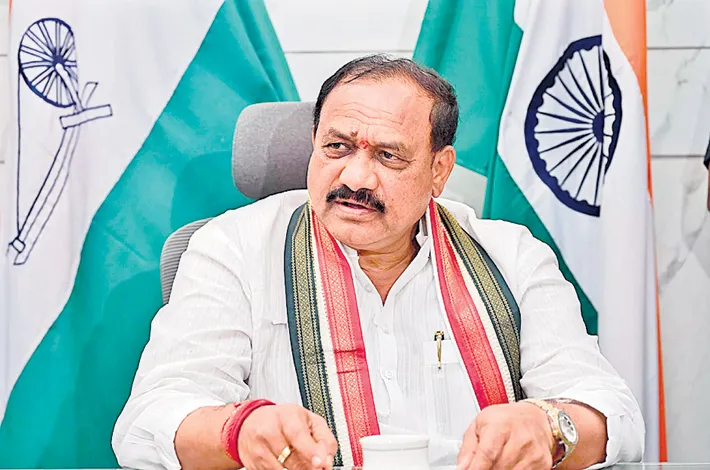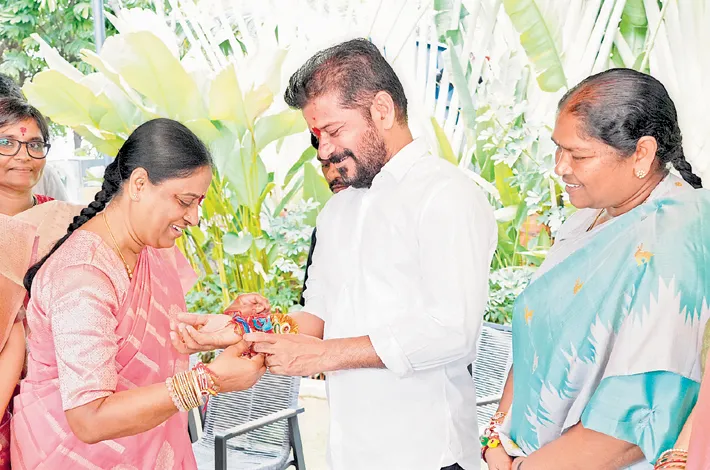Aided by GPS, mobile app to track RWH pits
10-08-2025 12:00:00 AM

Tracking rainwater harvesting pits
- 50-day Inkudu Guntala Jalayagnam–2025 begins next week
- GIS mapping, app to geo-tag and track rain pits
- Survey: 17,384 homes still without harvesting pits
- Target: 16,000 public pits, 3,222 borewells for recharge
- Campaign to continue till September 30
The Hyderabad Metropolitan Water Supply and Sewerage Board (HMWSSB) is launching a 50-day special drive under ‘Inkudu Guntala Jalayagnam–2025’ to capture and store rainwater, with a sharp focus on groundwater recharge. The initiative will be powered by GIS mapping and a new mobile application, enabling officials to geo-tag every public rainwater harvesting pit, upload pre- and post-construction photos, and track progress in real time through a dedicated dashboard.
HMWSSB says the mission is urgent—despite above-average rainfall, rapid urbanisation and concrete surfaces are preventing water from seeping into the ground, causing groundwater depletion and heavy dependence on water tankers. Crores are spent annually transporting and purifying water from distant reservoirs, while millions of litres of rainwater flow away into drains.
As part of the ongoing 90-day “Intinta Inkudu Gunta” programme, the Board has already surveyed 42,784 residential premises with more than 300 sq. m plot area. Only 22,825 had pits, while 17,384 lacked them, leading to 16,196 notices being issued. Residents with only one functioning borewell are being advised to install deeper injection wells—up to 200 ft—for effective recharge.
In public spaces, HMWSSB plans to construct around 16,000 pits in colonies, government complexes, educational institutions, and roadside areas. With NGO support, location surveys are underway. Additionally, 3,222 unused borewells—1,045 power-operated and 2,177 hand pumps—have been identified for conversion into recharge wells.
Special awareness drives are planned for gated communities and high-rise apartments, particularly along the Outer Ring Road, to promote community pits.
“We must treat rainwater as a resource, not waste,” said HMWSSB Managing Director Ashok Reddy. “Every household and community must contribute to recharging groundwater if we want to overcome water scarcity.”
The campaign begins next week and will continue until September 30, integrating four groundwater recharge methods, with daily digital monitoring ensuring accountability at every stage.








